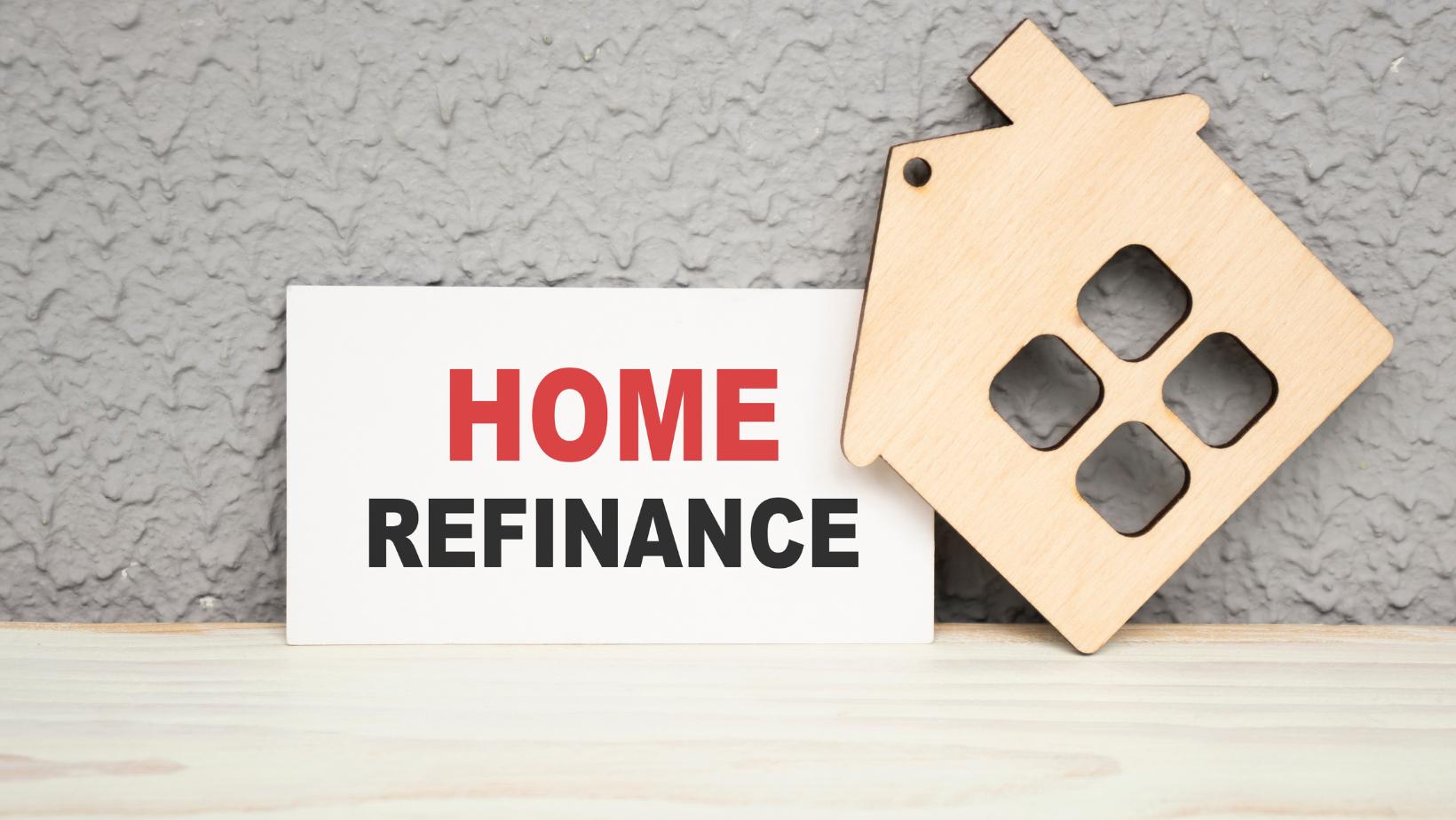Refinancing a house loan can be a smart financial move, but it’s important to understand the costs involved. Knowing what to expect can help you make an informed decision and avoid unexpected financial burdens. This blog will break down the key costs associated with refinancing a house loan in Australia.
What is Refinancing a House Loan?
Before we dive into the costs, let’s briefly recap what refinancing a house loan entails. Refinancing means replacing your existing home loan with a new one, typically to secure better terms or features. This can include a lower interest rate, reduced monthly payments, or accessing the equity in your home.
Key Costs Involved in Refinancing a House Loan
1. Application Fees
Most lenders charge an application fee to process your refinancing request. This fee covers the cost of evaluating your application and conducting a credit check.
How to Manage
- Compare Fees: Shop around and compare application fees from different lenders.
- Negotiate: Some lenders may be willing to waive or reduce the application fee, especially if you have a good credit score.
2. Valuation Fees
Lenders often require a property valuation to determine the current market value of your home. This helps them assess the loan-to-value ratio (LVR) and the amount of equity you have.
How to Manage
- Ask for Waivers: Some lenders may offer to waive the valuation fee as part of a promotion or for loyal customers.
- Use Existing Valuations: If you have a recent valuation, check if the lender will accept it to avoid additional costs.
3. Legal Fees
Refinancing involves legal work to transfer the mortgage from your old lender to the new one. This includes preparing and reviewing documents, and ensuring the title is clear.
How to Manage
- Compare Legal Services: Get quotes from different legal service providers to find the best rate.
- Use Lender’s Solicitor: Some lenders offer in-house legal services, which might be more cost-effective.
4. Break Costs
If you’re currently in a fixed-rate loan, there may be significant break costs associated with refinancing. These costs are incurred when you pay off your existing loan before the fixed term ends.
How to Manage
- Calculate Break Costs: Determine the break costs and compare them with the potential savings from refinancing.
- Timing: Consider refinancing when the break costs are lower, such as towards the end of your fixed-rate period.
5. Discharge Fees
Your current lender may charge a discharge fee to close your existing loan. This fee covers the administrative costs of finalizing your loan account.
How to Manage
- Negotiate: Some lenders may be willing to waive or reduce the discharge fee.
- Compare Lenders: Choose a lender with lower or no discharge fees.
6. Ongoing Fees
Refinancing might involve new ongoing fees, such as annual fees, account-keeping fees, or package fees for additional services.
How to Manage
- Read the Fine Print: Carefully review the terms and conditions to understand all ongoing fees.
- Compare Packages: Look for loans with low or no ongoing fees, especially if you don’t plan to use additional services.
7. Stamp Duty
In some states, you may need to pay stamp duty on the mortgage documents when refinancing. The amount varies depending on the state and the loan amount.
How to Manage
- Check State Regulations: Research the stamp duty requirements in your state.
- Budget for Stamp Duty: Include stamp duty costs in your refinancing budget.
8. Lender’s Mortgage Insurance (LMI)
If your loan-to-value ratio (LVR) is above 80%, you may need to pay for Lender’s Mortgage Insurance (LMI) again. This insurance protects the lender in case you default on the loan.
How to Manage
- Increase Deposit: If possible, increase your deposit to reduce the LVR and avoid LMI.
- Compare LMI Providers: Some lenders offer lower LMI premiums, so shop around for the best deal.
Calculating the Break-Even Point
To determine if refinancing is worth the costs, calculate the break-even point. This is the time it takes for the savings from refinancing to offset the costs involved.
How to Calculate
- Total Costs: Add up all the fees and costs associated with refinancing.
- Monthly Savings: Calculate the monthly savings from the new loan (lower interest rate, reduced payments, etc.).
- Break-Even Point: Divide the total costs by the monthly savings to find out how many months it will take to recoup the costs.
Conclusion
Understanding the costs involved in refinancing a house loan is crucial for making an informed decision. By being aware of application fees, valuation fees, legal fees, break costs, discharge fees, ongoing fees, stamp duty, and Lender’s Mortgage Insurance (LMI), you can better manage your finances and avoid unexpected expenses. Calculating the break-even point will help you determine if refinancing is the right move for you. If you’re considering refinancing, consulting with a mortgage broker can provide valuable guidance and support throughout the process.


